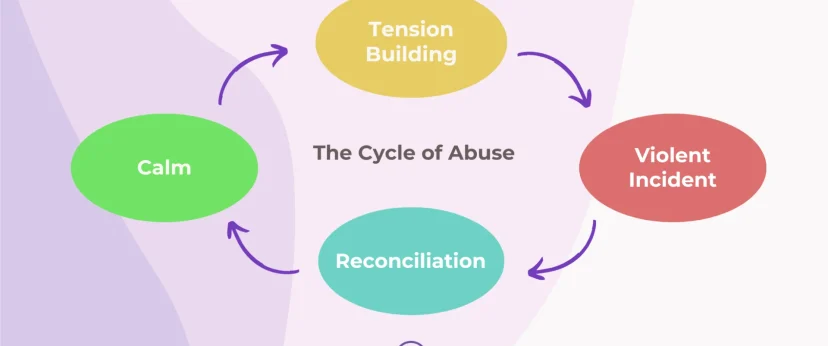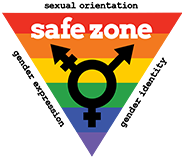
If you’ve ever been in an abusive relationship, you know that no one situation is the same as another. Unfortunately, however, in most abuse situations a cycle will repeat itself over and over until the survivor is ready to leave. This cycle is called the cycle of abuse, and it consists of three phases of behavior in abusive relationships- the tension phase, the incident phase, and the honeymoon phase. It’s important to recognize the pattern of these phases and the cycle as a whole in order to eventually break the cycle once and for all.
The tension phase is the first part of the cycle of abuse. There may be some stress or strain in the relationship, and the abuser may be becoming increasingly more irritable or unstable. This phase is when the survivor might be “walking on eggshells” around their partner, fearing what will happen when their abuser finally snaps. This phase is extremely anxiety-inducing for the survivor; they are constantly anticipating their abuser’s breaking point and are forced to wait until it happens.
Next is the incident phase. The tension has peaked, and now the abuser uses this as an excuse to blow up and release this tension upon the survivor. There is a wide variety of abuse that can occur during this phase- it isn’t confined to just physical or sexual- and it’s an especially traumatic time for a survivor. This is when the most noticeable or aggressive abuse can occur, and it’s the most dangerous time in the cycle of abuse. This phase can cause lifelong trauma for the survivor, if not also leading to serious injury or death in severe cases.
However, after this very traumatic part of the cycle comes the final phase- the honeymoon phase. The abuser, after calming down from the incident, attempts to fix the situation. They may offer apologies or gifts, promise to change or attend counseling, or express their love for the survivor. Still, they may also put the survivor down and blame them for the abuse, saying that if the survivor’s behavior had been different in some way the abuser wouldn’t have had to abuse them. It is important to note that abuse is never the survivor’s fault. Regardless of what the abuser says after the incident, if the survivor stays, things begin to look up for the relationship. For a time the abuser seems to have changed, and the survivor can start to believe that their abuse is over and that their abuser is different. Unfortunately, this phase is only temporary. It leads right back into the tension phase once the abuser believes the survivor has been roped back into the relationship and the tension begins to build once again.
The cycle of abuse- the tension phase, incident phase, and honeymoon phase- is seen again and again in abusive relationships. Understanding this cyclical pattern is extremely important, regardless of relationship status or history of abuse. Knowing these three phases can keep you and the ones you love safe and informed when dealing with abusers, and it’s the first step in finally breaking the cycle and escaping unhealthy or abusive relationships.
Written by: Breanna Smith



